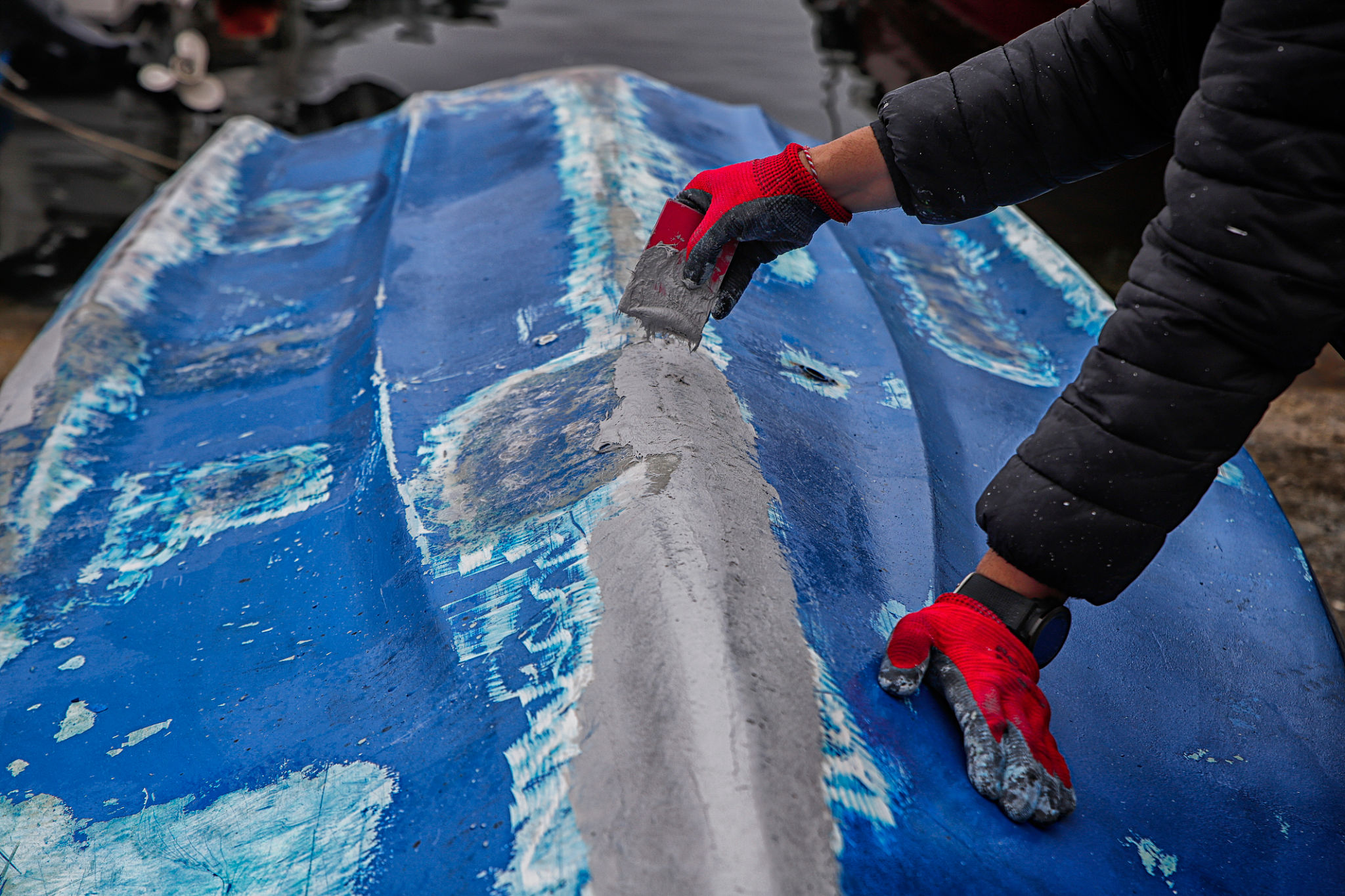Top 5 Mistakes to Avoid When Painting Your Boat's Bottom
Preparation is Key
One of the most common mistakes when painting your boat's bottom is neglecting proper preparation. This step is crucial for ensuring the paint adheres correctly and lasts. Before applying any paint, make sure the surface is thoroughly cleaned, sanded, and free of any old paint or residue. Failing to prep properly can lead to peeling and flaking down the line.

Choosing the Wrong Paint
Not all paints are created equal, especially when it comes to marine environments. Selecting the wrong type of paint for your boat's bottom can result in poor protection and performance. It's essential to choose a paint that is specifically designed for the underwater sections of your boat. Consider factors such as the water conditions you typically encounter and the type of hull your boat has.
Types of Bottom Paint
There are several types of bottom paints available, including ablative, hard, and specialty paints. Ablative paints wear away over time, exposing fresh layers of biocide, making them ideal for boats in high-growth areas. Hard paints, on the other hand, are more durable and better suited for fast-moving boats. Understanding these differences will help you make an informed choice.
Skipping the Primer
Another mistake often made is skipping the primer. A primer is crucial for creating a bond between the boat's surface and the paint. It also helps to seal any imperfections on the hull, providing a smooth base for the paint. Ensure you use a compatible primer with your chosen bottom paint for the best results.

Ignoring Weather Conditions
Weather conditions play a significant role in the success of your painting project. Painting in high humidity or extreme temperatures can affect how the paint cures and adheres. Always check the weather forecast before starting your project and aim for a mild, dry day to ensure optimal conditions for painting.
The Impact of Temperature and Humidity
Extreme temperatures can cause the paint to dry too quickly or not at all. Similarly, high humidity levels can lead to blistering or bubbling. It's best to follow the manufacturer's recommendations regarding the ideal temperature and humidity levels for application.
Overlooking Safety Precautions
Finally, overlooking safety precautions is a mistake that can have serious consequences. Always wear protective gear, such as masks, gloves, and goggles, when handling paints and solvents. Ensure proper ventilation in your workspace to avoid inhaling harmful fumes. Safety should always be a priority during any painting project.

Avoiding these common mistakes can lead to a smoother, more successful boat bottom painting experience. Remember that taking the time to prepare properly, choosing the right materials, and following safety guidelines will not only protect your boat but also extend the life of your paint job.